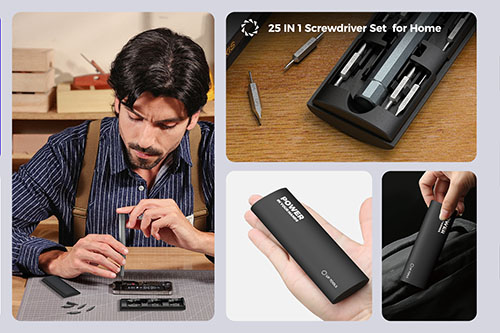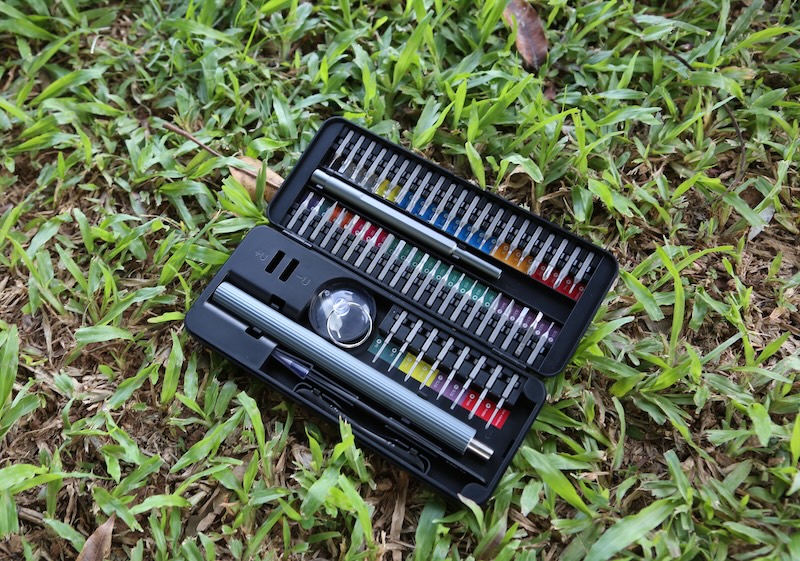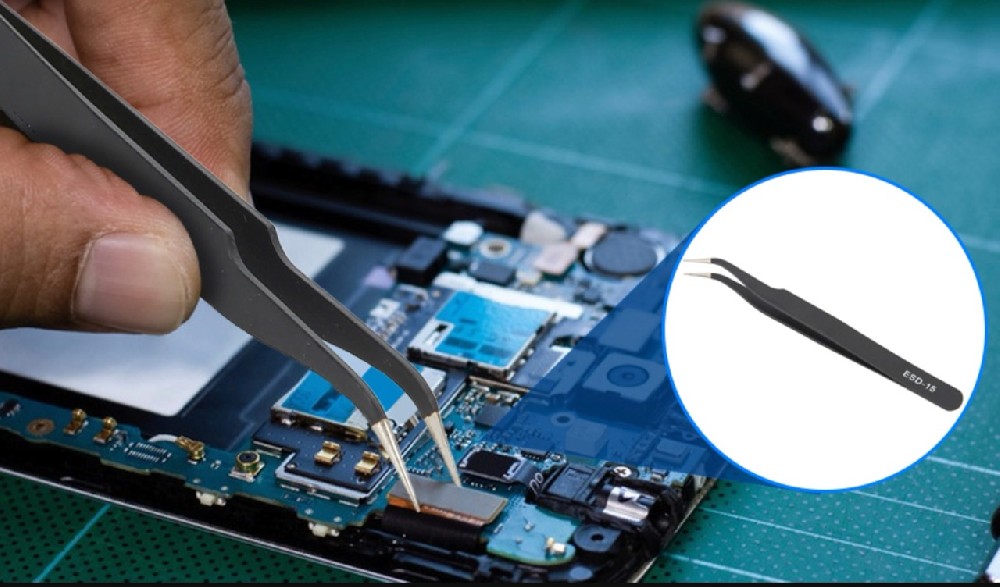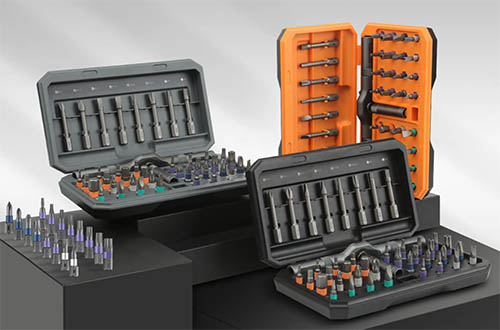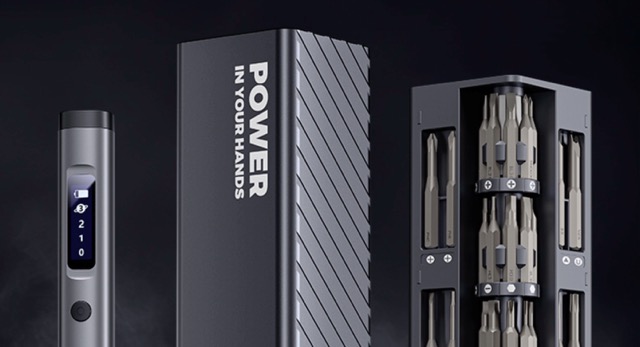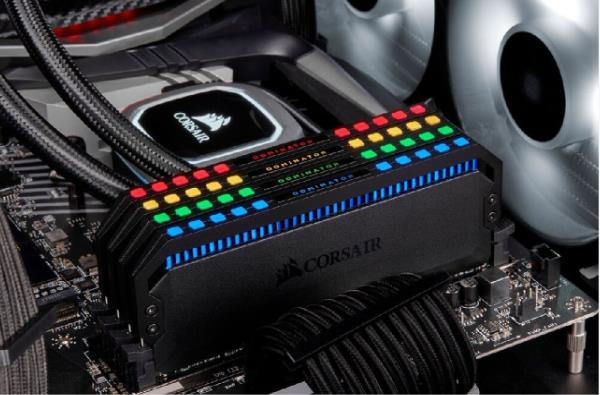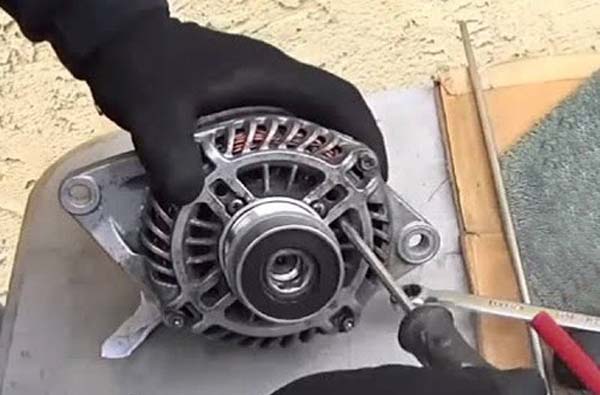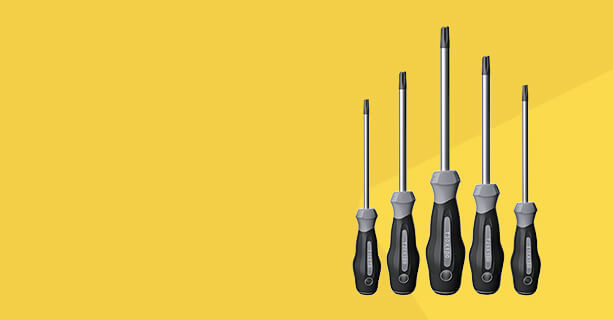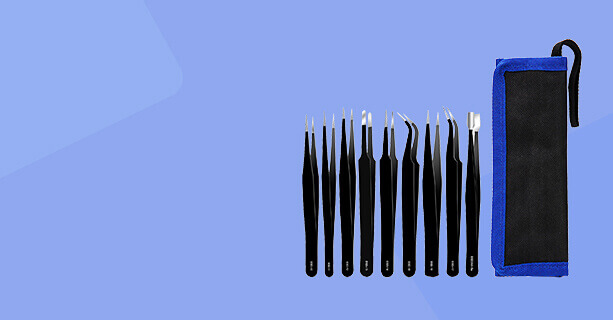The Ultimate Wrench Size Conversion Chart
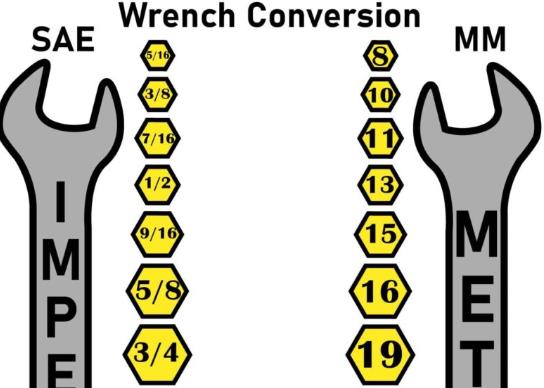
| IMPERIAL | METRIC |
| 5/16″ | 8mm |
| 3/8″ | 10mm |
| 7/16″ | 11mm |
| 1/2″ | 13mm |
| 9/16″ | 15mm |
| 5/8″ | 16mm |
| 3/4″ | 19mm |
| 7/8″ | 22mm |
| 15/16″ | 24mm |
| 1″ | 25mm |
Imperial to the metric wrench conversion chart
Most people use both imperial and metric wrenches but sometimes you need both of the same sizes. For example, you want to crack open or set a jam nut on a rod. Having two wrenches would be amazing for this application. You could also use a crescent wrench but using the right-sized wrench is far superior. On this wrench conversion chart are commonly used wrenches.
This table is meant as a reference for which an imperial wrench can be substituted for a metric wrench and vice versa. This chart can also be applied to sockets as well which is a nice bonus.
It is important to remember in most applications you are better off using the right size wrench if you can. The last thing you need is a stripped nut or bolt. Below is an image of the chart you can use.
For some of these sizes, you can use another wrench as a substitute but this is based on what fits the best. For example, you could use a 14mm with a 9/16 but the fit is really tight. A 15mm wrench would not be tight on that nut. You can check out a metric drill and tap chart here, you can also check out an SAE drill and tap chart here.
If you are looking for a professional screwdriver manufacturerto customize your precision screwdriver set, feel free to contact us today! We provide high-quality, customizable toolsfor various repair needs.

